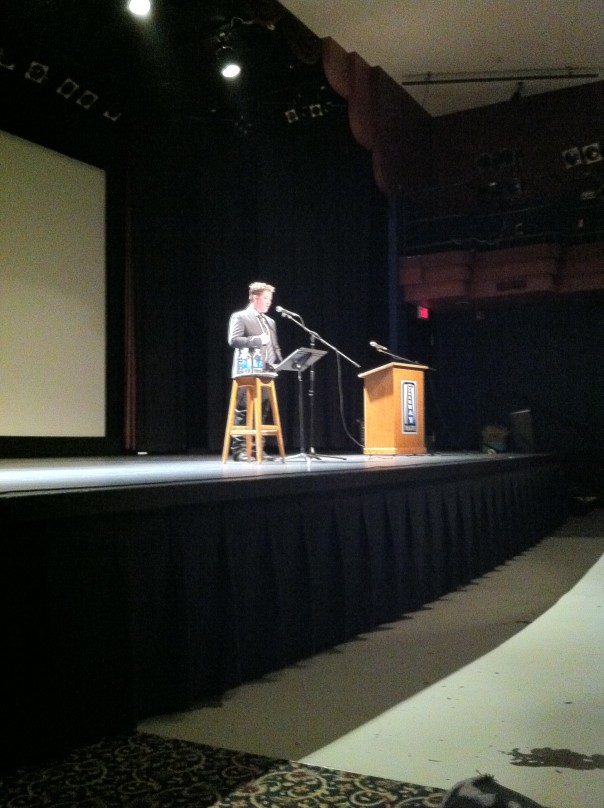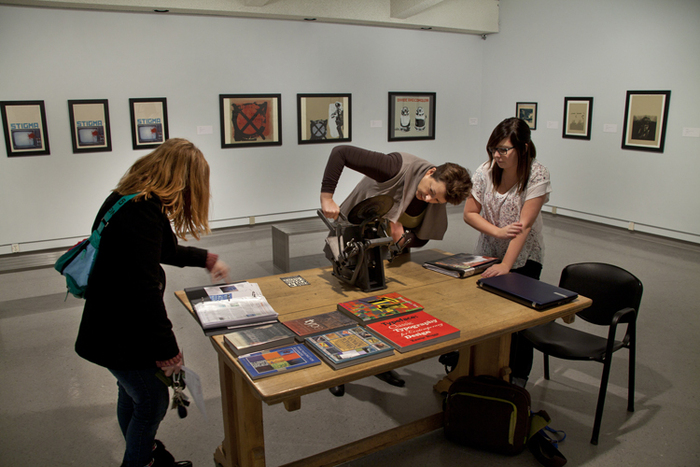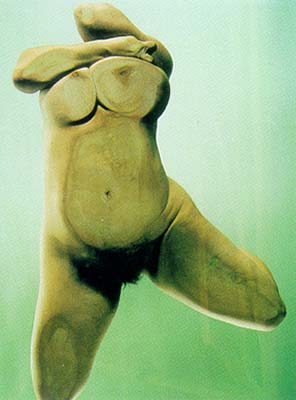As I had never worked with video before, let alone video and audio editing, this project was a huge learning experience. As such, I found that the changes I made to my video throughout the creation process were out of necessity. I shot no more than ten minutes of footage and then edited it down to 1 min. 37 sec. This biggest thing that changed was my choice of audio. Originally, prior to submitting my proposal, I had considered having no audio. Looking now at how effective the audio was, I cannot imagine what this video would be like without it. I also had not planned doing such extensive editing the audio, but I feel that the way it starts out as coherent, but becomes more overlapped, louder, and overwhelming, was the most successful way to present this video. Without the dynamic audio, the theme and point of the video would be lost, and I feel that through this audio the overwhelming feeling of disconnect from one’s body is evoked to the viewers. I had originally intended for the audio to come from the television I was using, the TV’s audio wasn’t working. I borrowed speakers and an adapter cord from another student, and found that this made the audio even more effective. By having the audio come from a different source than the video, it was significantly louder and furthered the feeling of separation from one’s body that I was hoping to evoke.
Throughout the creation process, I chose to use a lot of my own equipment. I signed out a video camera from AV Services and upon getting it home, found that it didn’t have a memory stick. Frustrated, I decided to film the video using my point-and-shoot digital camera on its video setting. As I already had my own tripod, all of the equipment used while making my video was my own. Despite having access to the Intermedia editing room, I ended up doing all of my editing on my PC. I was very excited about using Final Cut Pro, but have never used a Mac before and was anxious about making a mistake. I also didn’t have time to do all of the editing in one sitting, and found editing on my own computer more time-effective. I edited the video using Windows Live Movie Maker and the audio using WavePad Sound Editor (as the Windows video editing software does not allow for audio editing) and added the audio over top as a “song”. Although I enjoyed working with WavePad, after seeing the in-class demonstration of Final Cut Pro I was very unimpressed with Windows Live Movie Maker. In the future I will definitely choose the better editing software over convenience and familiarity. When I presented the video in class for the critique, more equipment was needed than I had expected. The small television’s audio component was not working, and I had to borrow speakers and an adapter cord from a higher-level intermedia student. I think the most successful part of my video was the audio component, which features a combination of comedians, news reporters, entertainers, and anti-obesity advocates speaking about fat bodies.
While making this video, I was particularly influenced by Jenny Saville’s collection of photographs “Closed Contact.” In pressing her naked body against glass to distort it, Saville speaks to how easy it is to feel uncomfortable in, and separated from, your own body in our current society. This video also relates to other female artists who use their bodies in art and discuss fatphobia in doing so, such as Cindy Baker and Catherine Opie. This was my first time working with video and because of this I learned many things while working on it. The most important thing that I learned was that although editing is not as scary as I had originally thought it was, it is very time consuming and requires a great deal of trial and error.












